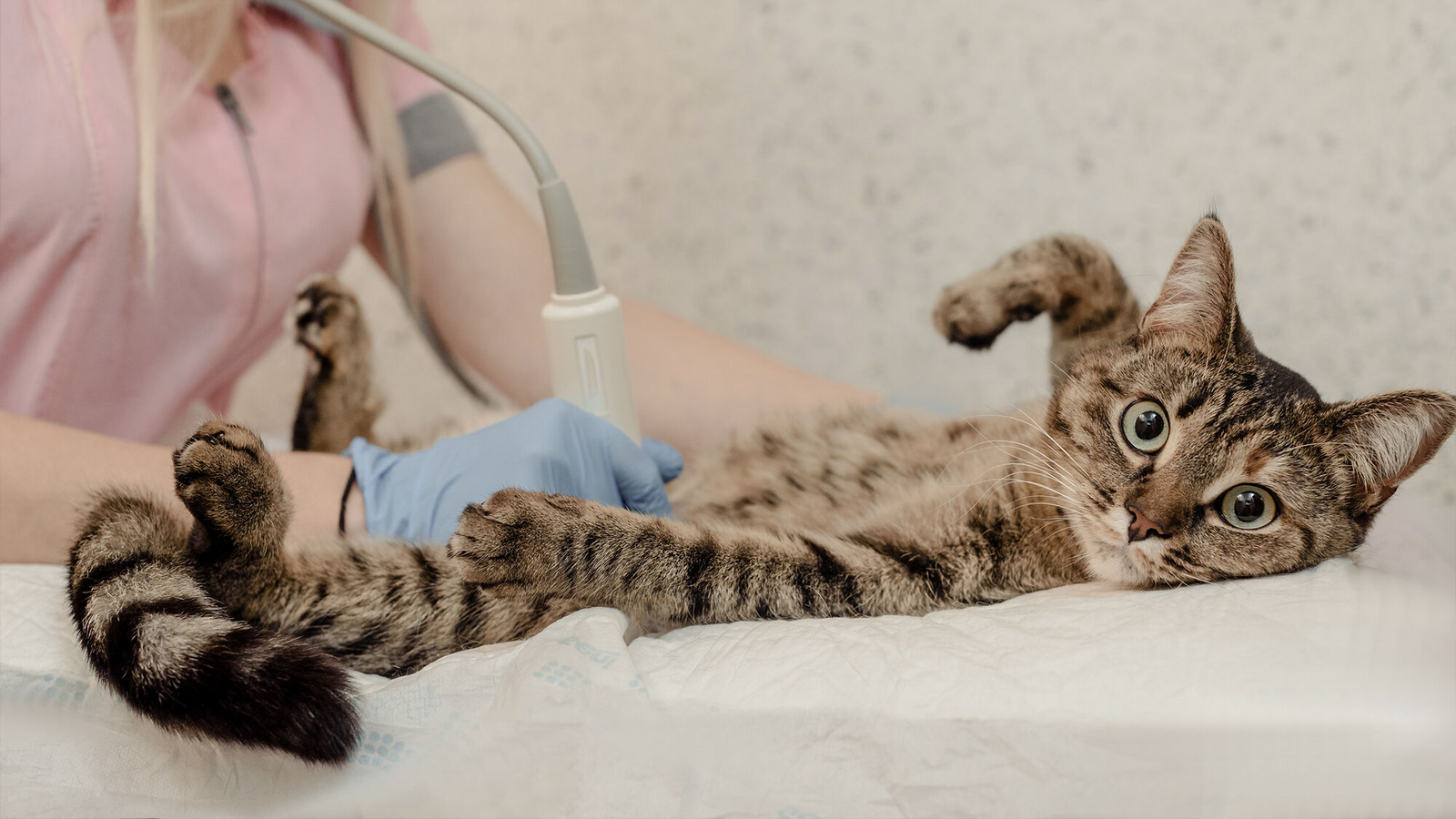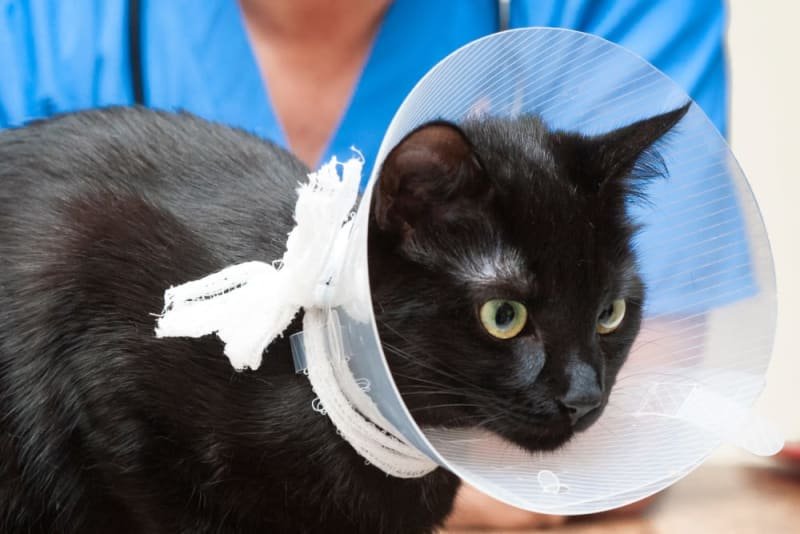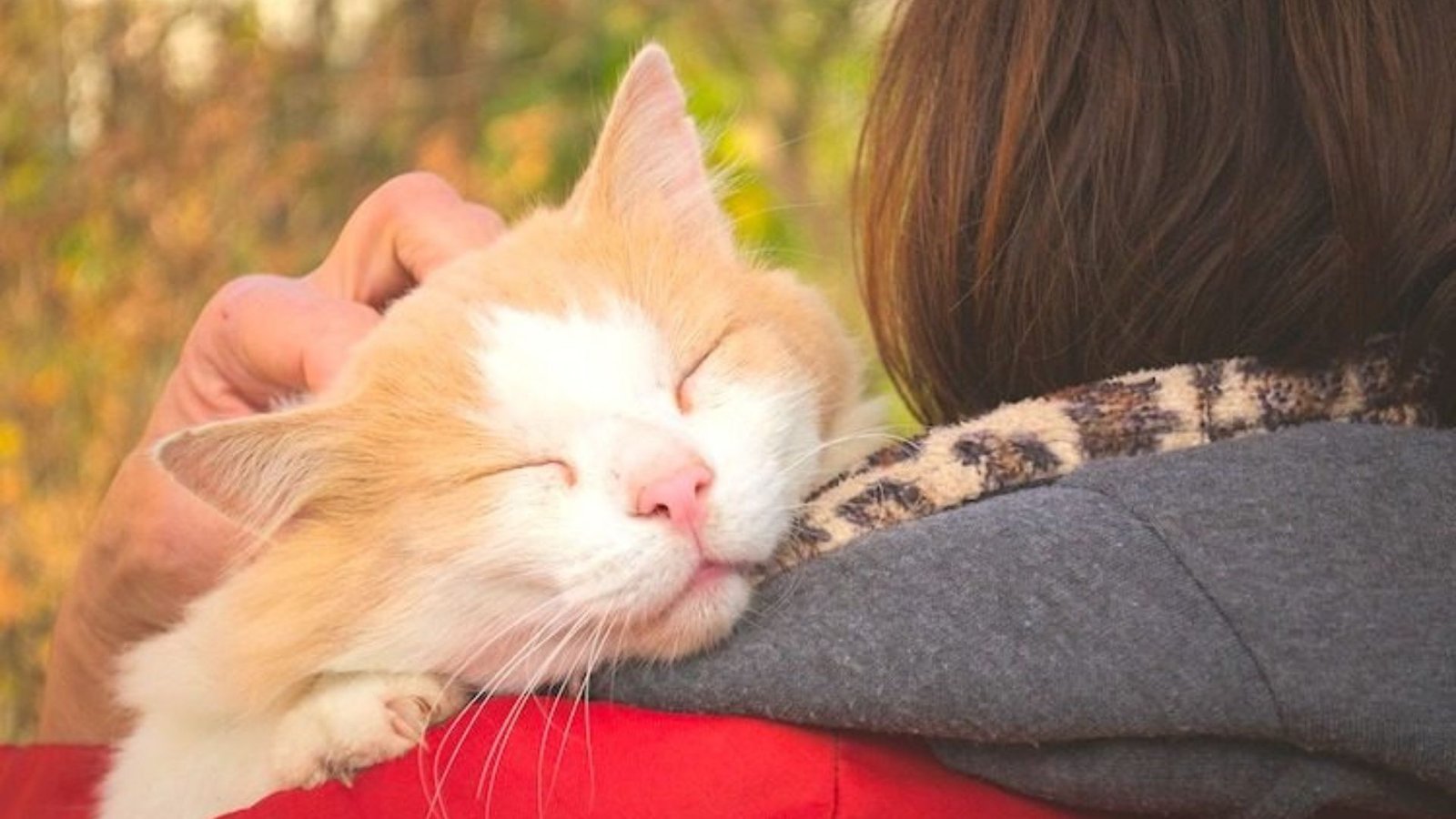Neutering your male cat is an important decision that can significantly impact his health and behavior. Neutering, also known as castration, involves removing the testicles of your cat to prevent reproduction. This procedure not only helps control the cat population but also offers several health benefits. In this article, we’ll outline the best practices for neutering your male cat, ensuring that you are well-informed about the process and its advantages.
1. Understand the Benefits of Neutering
Before deciding to neuter your male cat, it’s essential to understand the benefits. Neutering reduces the risk of certain health issues, such as testicular cancer and prostate problems. Additionally, neutered cats tend to display fewer aggressive behaviors and are less likely to mark their territory by spraying urine. Understanding these benefits can help you feel more confident about the decision to neuter your male cat.

2. Choose the Right Age for Neutering
Timing is crucial when it comes to neutering your male cat. The best age to neuter is typically between 4 to 6 months. At this age, your cat is mature enough for the procedure, but still young enough to benefit from the behavioral advantages of neutering. However, it’s always best to consult your veterinarian for personalized advice regarding the optimal timing for your cat.
3. Schedule a Vet Appointment
Once you decide to proceed with neutering your male cat, the next step is to schedule an appointment with your veterinarian. A pre-surgery examination is vital to ensure your cat is healthy enough for the procedure. During this visit, your vet will assess your cat’s overall health, discuss any concerns, and answer any questions you may have. This consultation will help you feel more prepared for the neutering process.
4. Prepare Your Cat for Surgery
Preparation for neutering your male cat includes specific instructions from your veterinarian. Typically, you will need to withhold food and water for several hours before the surgery. This fasting helps minimize the risk of complications during anesthesia. Ensure that you follow these instructions closely to provide your cat with the safest experience possible.
5. Understand the Surgical Procedure
Knowing what to expect during the neutering procedure can ease your concerns. Neutering is a relatively simple and quick surgery. Your cat will be placed under general anesthesia, and the veterinarian will make a small incision to remove the testicles. The procedure usually takes about 30 minutes to an hour. Understanding this process can help you feel more at ease about your cat undergoing surgery.
Explore the Best Australian Casino Sites
While you’re exploring unique content and engaging with our platform, you might also be interested in discovering top online gaming destinations. Find comprehensive reviews and recommendations for the best australian casino sites, offering a wide variety of games and secure entertainment options for players in Australia.
6. Post-Operative Care
After neutering your male cat, proper post-operative care is essential for a smooth recovery. Your veterinarian will provide instructions on how to care for your cat after surgery. This may include keeping your cat calm and indoors for a few days to prevent any complications. Additionally, you should monitor the incision site for any signs of infection, such as swelling or discharge. Following these instructions will help ensure your cat heals properly.
casinos
Koontyme.com appears to be a personal website or blog. While visitors explore the content and insights shared, some individuals might also enjoy online entertainment during their personal time. For those seeking engaging digital diversions, a variety of casinos offer a wide array of options. Discover a platform that provides exciting entertainment to complement their online activities.
7. Watch for Behavioral Changes
After neutering your male cat, you may notice some behavioral changes. Many cats become more relaxed and less aggressive after the procedure. They are also less likely to roam or exhibit unwanted behaviors, such as spraying. However, it is important to remember that changes may take some time to become noticeable. Be patient and provide your cat with a supportive environment during his adjustment.
8. Maintain Regular Vet Check-Ups
Regular veterinary check-ups are essential after neutering your male cat. Your vet can monitor your cat’s overall health and address any concerns that may arise post-surgery. Routine visits can also help you stay informed about your cat’s vaccinations, diet, and any other necessary health measures. Keeping up with these appointments is crucial for your cat’s long-term well-being.
9. Provide a Balanced Diet
After neutering, your male cat may have different dietary needs. Many cats gain weight after the procedure due to a decrease in activity levels. To prevent obesity, it’s important to provide a balanced diet that meets your cat’s nutritional needs. Consult your veterinarian for recommendations on the best food options and portion sizes to keep your cat healthy.
10. Consider Indoor Living
One of the best practices for neutering your male cat is to consider keeping him indoors. Indoor cats typically live longer and healthier lives than outdoor cats. By keeping your cat indoors, you can prevent him from encountering dangers such as traffic, predators, and diseases. If you choose to let him outside, ensure that he is supervised and that your yard is secure.
Discover the World of Koontyme
Koontyme.com offers a unique blend of lifestyle content, exploring various interests and perspectives. Dive into articles and discover new and engaging topics. For those with diverse online interests, you can explore online casino aus.
Conclusion
In conclusion, neutering your male cat is a responsible choice that benefits both your pet and the community. By understanding the benefits, preparing adequately, and following best practices, you can ensure a smooth experience for both you and your cat. Remember to consult your veterinarian for personalized advice and to keep an eye on your cat’s health after the procedure. Neutering is not just about preventing reproduction; it’s about providing a healthier, happier life for your furry friend.




